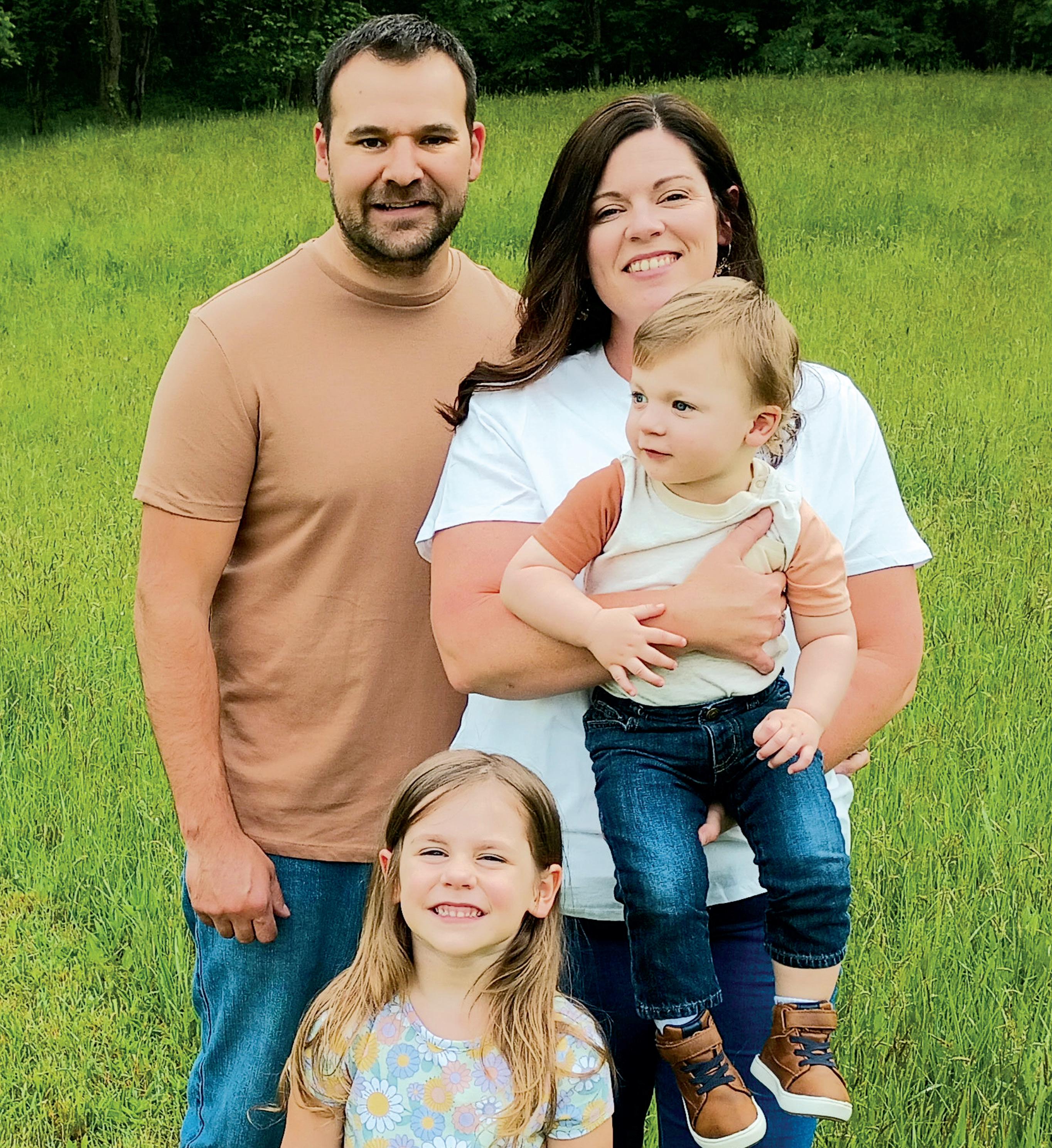
1 minute read
Why am I a member?
BY JEFF MCCALLISTER; PHOTOS COURTESY OF EMILY BANIA
Emily Bania has been a member of an electric cooperative for as long as she can remember. Growing up around Belle Valley, she and her family were members of Mariettabased Washington Electric Cooperative.
When she married her husband, Matthew, they moved to their place between Pleasant City and Sarahsville, in northern Noble County, where they still live with their kids, Kora and Lane. They have remained members of Washington Electric for the past 10 years. “It’s just what we’ve always had,” Emily says. “We’ve always just appreciated being members. We know several people who work for the co-op, including one of our neighbors, who’s a lineman. They’re always friendly and helpful and I haven’t given it much thought past that.”
Emily’s story is typical for co-op members. They get their electricity from, and pay their bills to, one of Ohio’s 25 electric distribution cooperatives; usually vote in the election for the coop’s board of directors; and maybe attend the annual meeting of members. They might even get capital credits in the form of a check or a bill credit at the end of the year when the not-forprofit co-op’s revenues outpace its expenses.
It’s also typical for members not to think much about why their home or business gets electricity from a cooperative and not from one of the investor-owned utilities that operate in Ohio.
Co-ops, in fact, only came into being because the large, forprofit electric companies had no interest in stringing power lines out to farms and other rural areas — there was little or no profit to be made from doing so.
So, the farmers did it themselves. Thanks to the New Deal’s Rural Electrification Act back in the mid-1930s, funding became available for local co-ops to form and build out the infrastructure needed to turn on the lights on farms and in hamlets that were ignored by the power companies.
The first electric cooperative pole in the nation, in fact, was set by Piqua-based Pioneer Electric Cooperative in 1935, when only one out of every 10 rural Ohio farms and homes was electrified. By June of 1937, more than 36 percent of rural Ohio had electricity, and by 1950, it was almost 100 percent.
There have been as many as 57 distribution cooperatives in Ohio since that time. Through mergers or attrition, 25 still operate within the state. (West Virginia’s one co-op is a member of Ohio’s Electric Cooperatives, which provides shared services such as Ohio Cooperative Living magazine; Michigan-based Mid-Ohio










